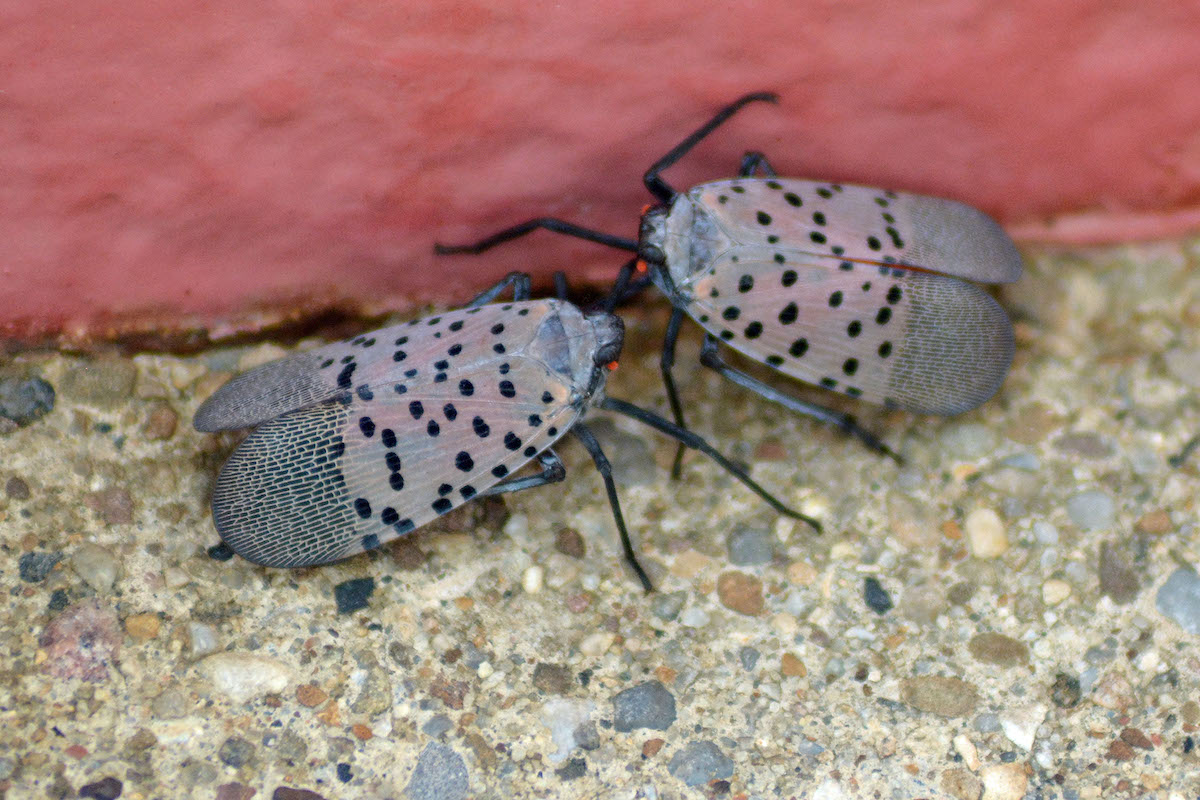(Advertisement)
Tube City Community Media Inc. is seeking freelance writers to help cover city council, news and feature stories in McKeesport, Duquesne, White Oak and the neighboring communities. High school and college students seeking work experience are encouraged to apply; we are willing to work with students who need credit toward class assignments. Please send cover letter, resume, two writing samples and the name of a reference (an employer, supervisor, teacher, etc. -- not a relative) to tubecitytiger@gmail.com.
Ads start at $1 per day, minimum seven days.
Experts: Be On Guard for Invasive Pests
Residents urge to watch out for spotted lanternflies, other infestations
By Danielle M. Smith - Public News Service
The Tube City Almanac
April 30, 2024
Posted in: State & Region

They may seem pretty at first — but spotted lanternflies could cause hundreds of millions of dollars in damage to crops and timber in Pennsylvania every year. The invasive pests have arrived in the Mon-Yough area and are widespread. (Vickie Babyak photo for Tube City Almanac)
Invasive pests cost the United States about $40 billion a year in damages to trees, plants and crops, and according to experts from the U.S. Department of Agriculture, springtime is the best time for Pennsylvanians to spot invasive species before they can do more damage.
Kathryn Bronsky, national policy manager for USDA's Animal and Plant Health Inspection Service, said hungry pests include not only invasive insects but diseases they carry, which people can unknowingly spread.
“Some examples of what to be on the lookout for are Asian longhorn beetle and spongy moths, and other pests that harm trees and natural resources,” she said. “And fruit flies, citrus greening, spotted lanternfly and lots of others that can damage crops and agriculture here in the U.S.”
April is “Invasive Plant Pest and Disease Awareness Month,” according to the USDA. The month is designed to build awareness about non-native pests — insects from other countries that have no natural predators in our climate — and the damage they can cause to important fruit, vegetable and timber crops.
Bronsky said spotted lanternfly eggs have not hatched yet, so she urges people to be on the lookout for their egg masses, which resemble small mud smears.
She recommends scraping them into plastic bags with sanitizer, or squashing them directly. Either approach will help diminish the invasive spotted lanternfly population.
Lanternflies attack different types of trees, Bronsky said. The tree of heaven is their preferred host, but a wide range of fruit, ornamental and woody trees also are at risk. Bronsky added that climate change and certain weather conditions can magnify the impact of invasive pests.
“We know climate change can increase the level of plant pest infestation and disease infection,” she said. “It also allows these pests to produce more generations each year, and extends the suitable habitat for these plant pests so they can spread to new areas that we didn't know they could previously exist.”
She added that it's important to note that such items as firewood can carry pests, from spotted lanternflies to spongy moths, that can then be spread through the movement of firewood. She said people can avoid this by purchasing only heat-treated certified firewood.
People can report sightings to the USDA online at hungrypests.com.
Danielle M. Smith is a producer for Public News Service, where this story first appeared. An award-winning radio journalist/personality with more than a decade of experience in broadcast media, she is a former audio journalist with American Urban Radio Networks and Sheridan Broadcasting Networks who also hosts a weekly community affairs show “Good News” on WGBN (1360 AM/98.9 FM).
Originally published April 30, 2024.
In other news:
"Penn State Offers Foo…" || "Dravosburg Traffic Si…"
 TM
TM